15.03.2024
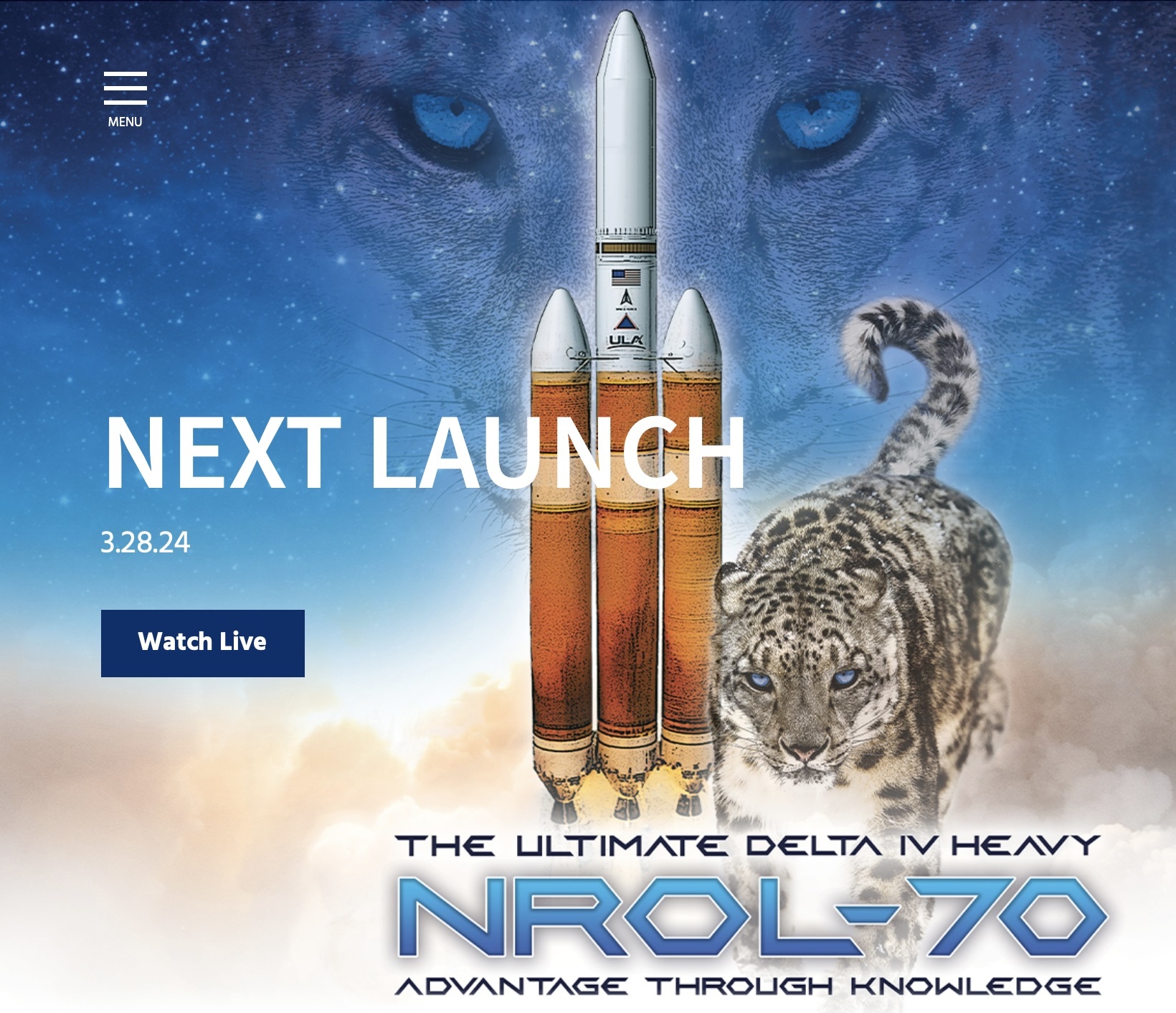
Final Delta IV Heavy Set To Launch March 28
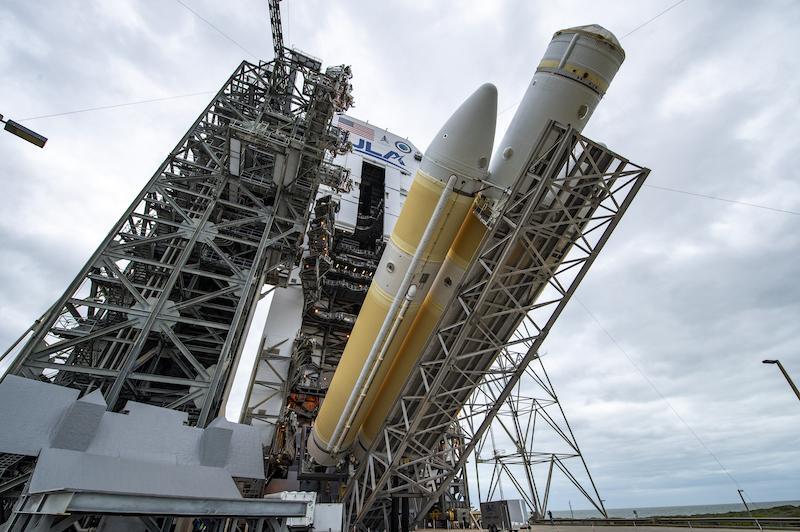
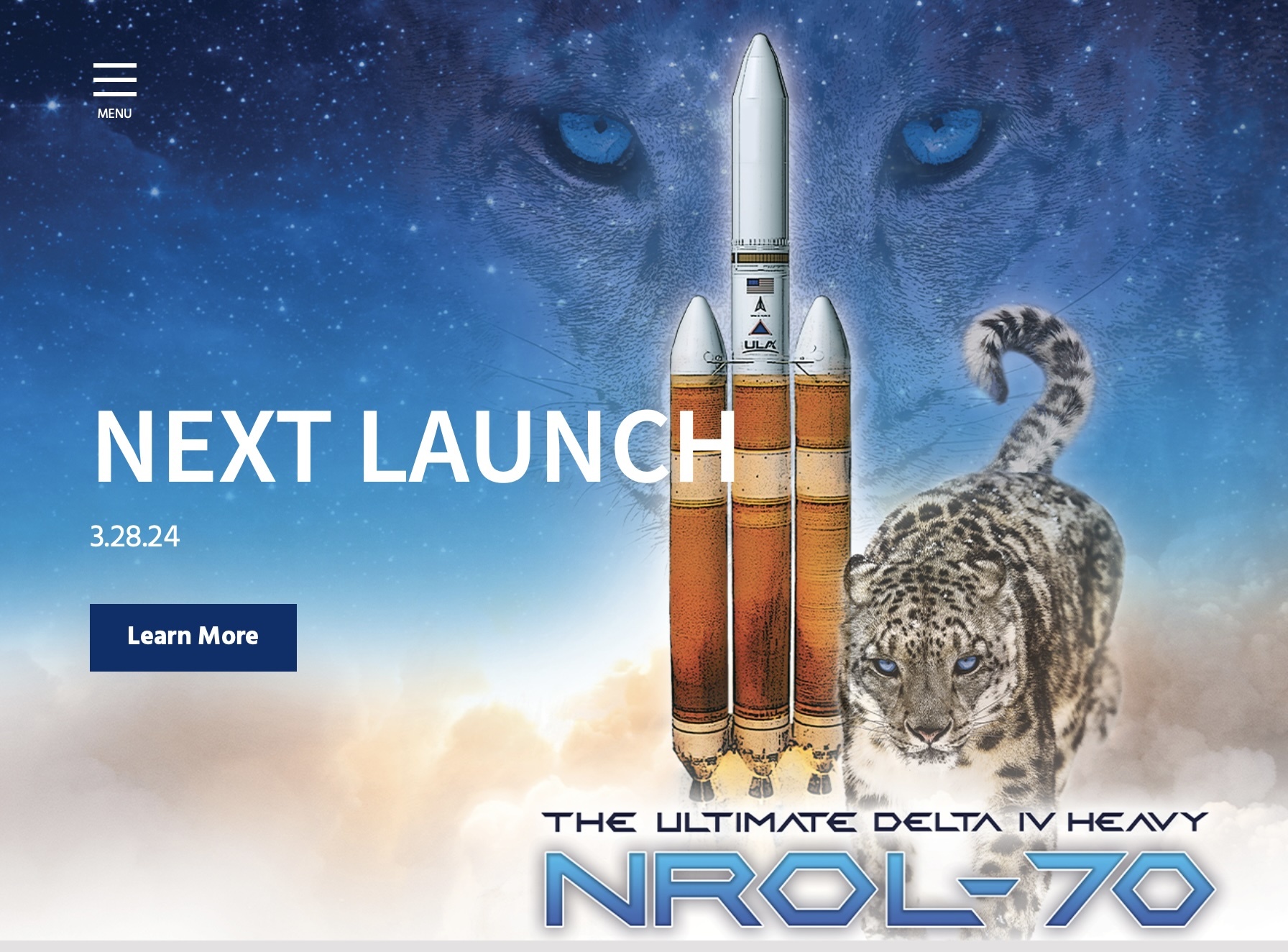
DELTA IV HEAVY TO LAUNCH NROL-70
A United Launch Alliance (ULA) Delta IV Heavy rocket is launching the NROL-70 mission for the National Reconnaissance Office (NRO) from Space Launch Complex-37 at Cape Canaveral Space Force Station, Florida. This is the 16th and final launch of a Delta IV Heavy rocket.
Launch Date: March 28, 2024
GO Delta IV Heavy! GO NROL-70!
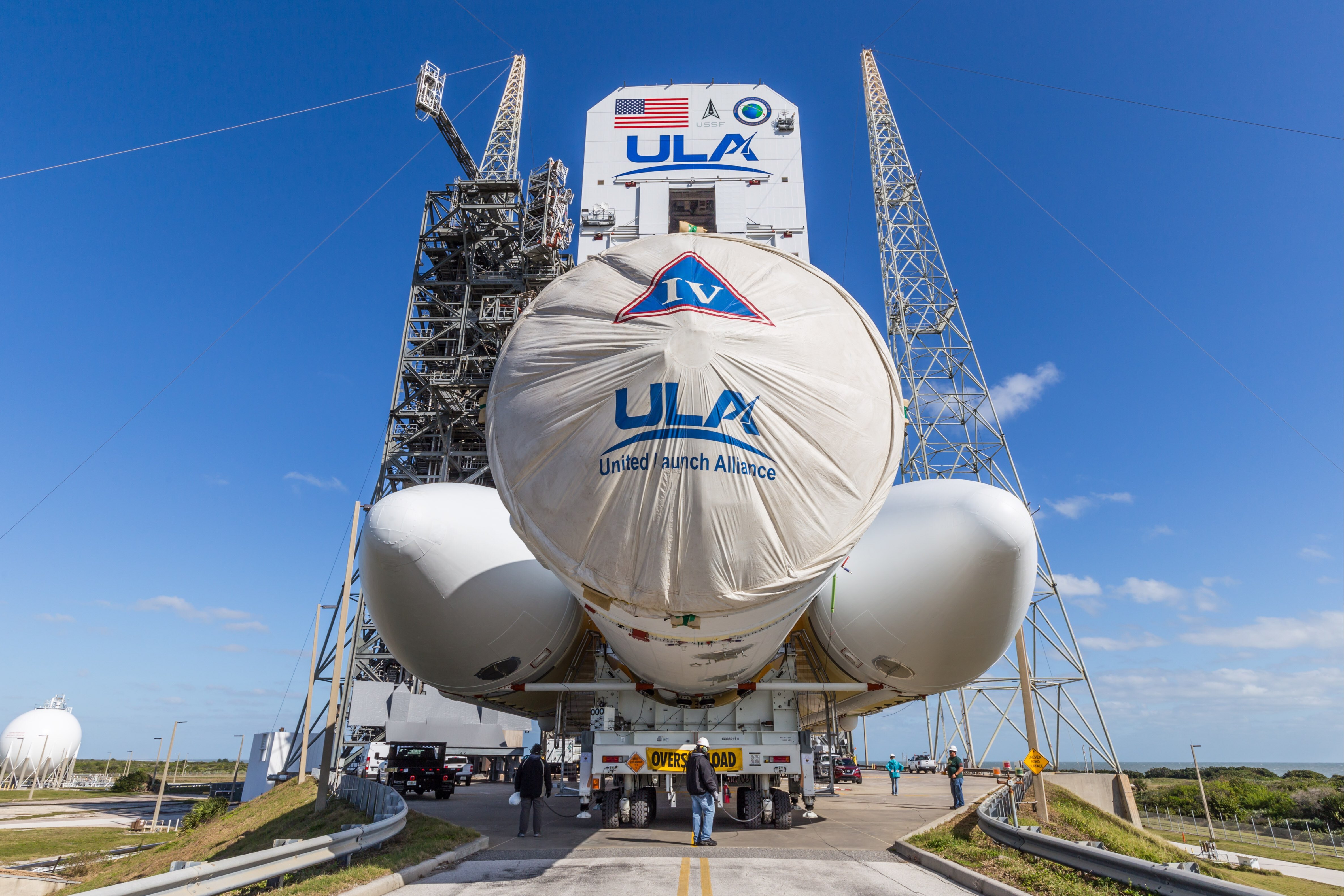
The dependable Delta — one of the pillars in American rocketry for more than 60 years — is preparing for its final mission that will carry a national security payload into space to serve and protect the U.S. and our allies.
+++
The dependable Delta — one of the pillars in American rocketry for more than 60 years — is preparing for its final mission that will carry a national security payload into space to serve and protect the U.S. and our allies.
United Launch Alliance (ULA) will use a Delta IV Heavy rocket to launch the NROL-70 mission in service to the National Reconnaissance Office (NRO) and support for the U.S. Space Force's Space Systems Command (SSC).
Liftoff is planned for Thursday, March 28 from Space Launch Complex (SLC)-37 at Cape Canaveral Space Force Station, Florida.
This will be the 16th flight of the Delta IV Heavy launch vehicle and 389th and final flight of the Delta program.
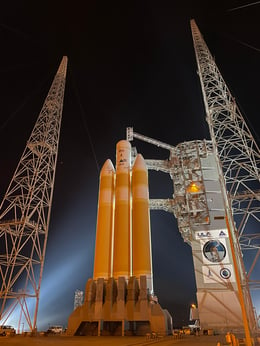
Delta IV Heavy is readied for NROL-70. Photo by United Launch Alliance
NROL-70 extends a partnership between the NRO and ULA that began with our very first launch in 2006 and now totals 34 consecutive successes. This will be ULA's 35th NRO launch.
The triple-core Delta IV Heavy is the only operational rocket in the world today that possesses all necessary attributes to meet the stringent requirements to perform the NROL-70 mission. It will be the NRO's 12th launch aboard ULA's heavy-performance rocket, which is recognized for delivering high-priority missions for national security and NASA. The rocket first flew in December 2004.
The payload aboard NROL-70 is designed, built and operated by the NRO in support of the agency's national security mission to provide intelligence data to U.S. senior policy makers, the Intelligence Community and Department of Defense.
When the U.S. needs eyes and ears in critical places where no human can reach – be it over the most rugged terrain or through the most hostile territory – it turns to the NRO. The NRO is the U.S. government agency tasked with designing, building, launching and maintaining America’s intelligence satellites. Whether creating the latest innovations in satellite technology, contracting with the most cost-efficient industrial suppliers, conducting rigorous launch schedules, or providing the highest-quality products to our customers, the NRO never loses focus on who they are working to protect: our nation and its citizens.
Beginning in 1961 to declassification to the public in 1992, the NRO continues to work tirelessly to provide the best reconnaissance support possible to the Intelligence Community and Department of Defense.

The Delta IV Heavy emerges from RocketShip at Port Canaveral. Photo by United Launch Alliance
Preparations for the NROL-70 launch began with the May 2023 delivery of the rocket from the ULA factory in Decatur, Alabama, to Cape Canaveral via the R/S RocketShip, our ocean-going cargo vessel that transports rocket elements to the launch sites.
The final Delta arrived exactly 22 years after the first Delta IV, called the static fire test unit, arrived at the Cape for early pathfinder activities.
Delta IV Heavy consists of a half-million pounds (227,000 kg) of hardware in the form of three common booster cores (CBCs) fitted with RS-68A main engines, a Delta Cryogenic Second Stage (DCSS) with an RL10C-2-1 engine and a metallic trisector payload fairing (PLF) that is 16.7 feet (5.1 meters) in diameter and 65 feet (19.8 meters) in length.
The rocket uses liquid hydrogen and liquid oxygen in all stages, with each RS-68A main engine generating 702,000 pounds (312.3 kiloNewtons) of thrust and generating a combined 2.1 million pounds (9.4 mega-Newtons) of liftoff thrust, and the RL10C-2-1 upper stage engine producing 24,750 pounds (106.7 Newtons) of thrust.
Testing and connection of the stages took place within the Horizontal Integration Facility (HIF) adjacent from the launch pad. The port and starboard boosters were attached to the center core, then the DCSS was joined to the interstage on the forward end of the center booster.
Also completed in the HIF, the Launch Mate Unit (LMU) was fastened to the three CBCs to serve as the structural base of the rocket when it stands atop on the pad's launch table. The LMU contains the 12 holddown bolts that fire to release the fully fueled, 1.6-million-pound (725,700-kg) rocket at liftoff.
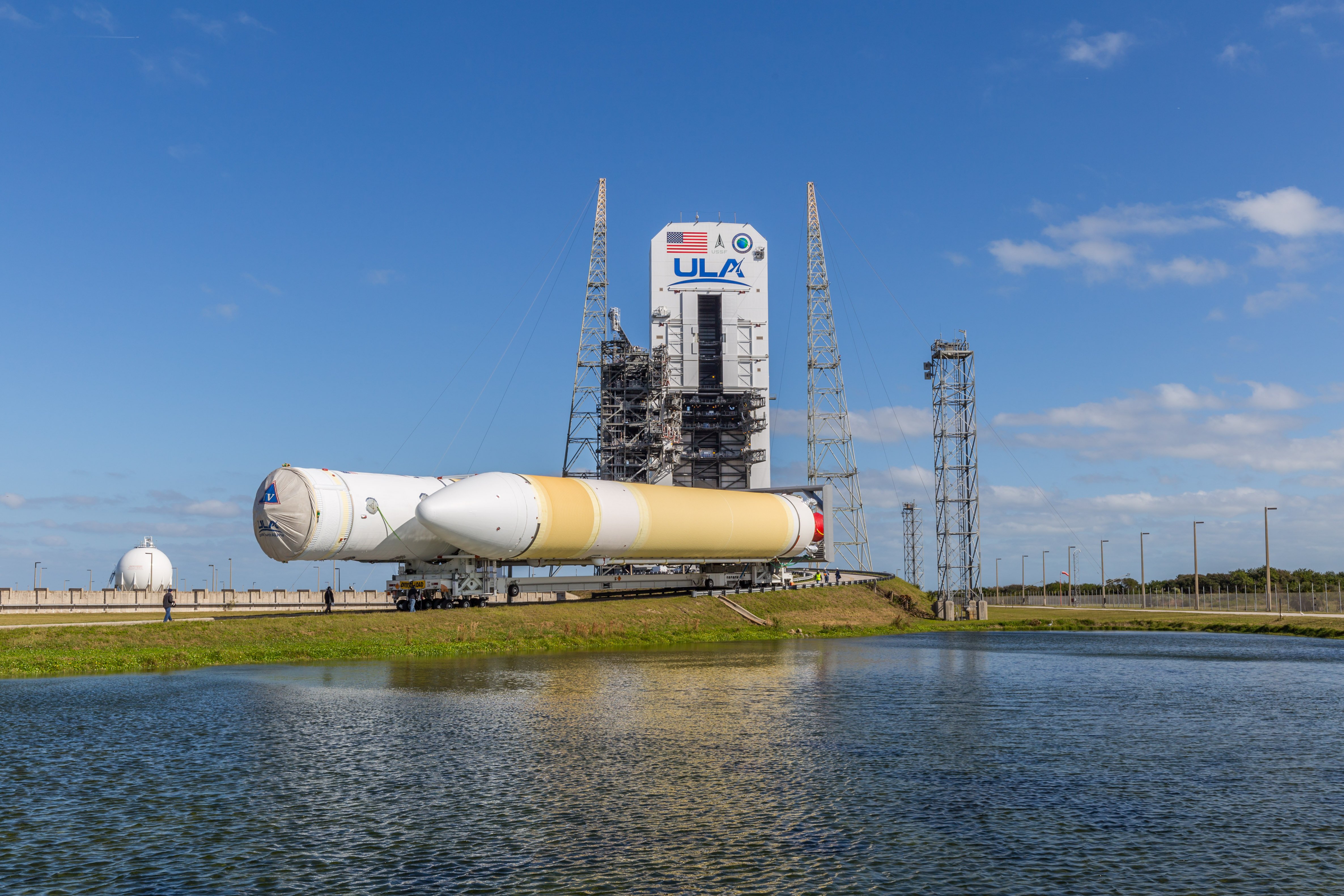
The Delta IV Heavy rolls out for NROL-70. Photo by United Launch Alliance
The 170-foot-long (51.8-meter) rocket then emerged from the HIF on Dec. 19, 2023, riding horizontally aboard a 36-wheel, diesel-powered transporter down the roadway to the launch pad.
The Fixed Pad Erector raised the vehicle upright at the pad on Dec. 20, 2023 to complete the Launch Vehicle on Stand (LVOS) milestone in preparation for Delta IV Heavy to launch NROL-70.
Integrated operations began Feb. 26 as encapsulated NROL-70 payload was delivered to the pad and hoisted atop the rocket, finishing assembly of the 235-foot-tall (71.6-meter) Delta IV Heavy and kicking off the final phase of the launch campaign.
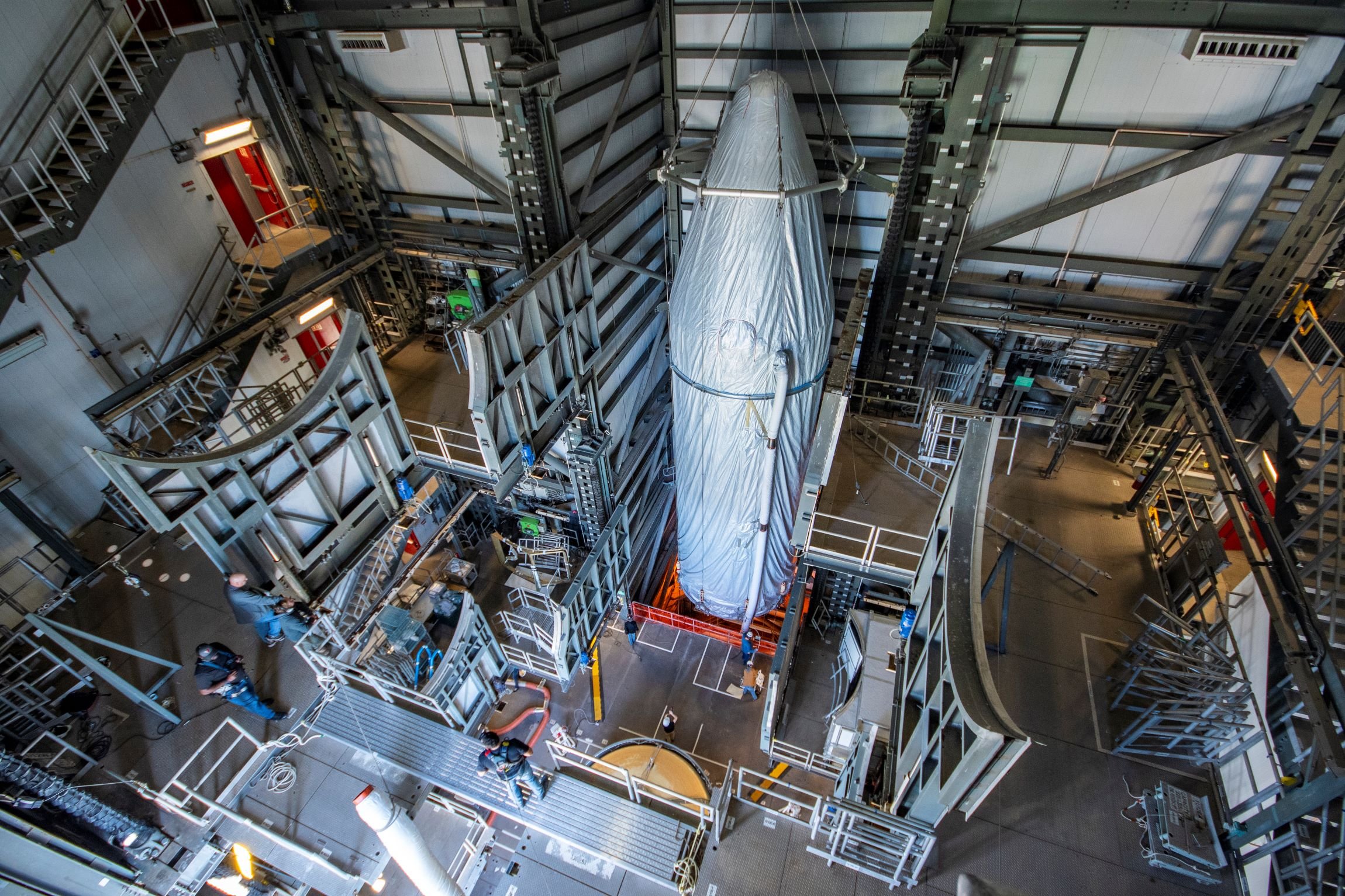
The encapsulated payload is hoisted into the tower for attachment to Delta IV Heavy. Photo by United Launch Alliance
NROL-70 will be the 389th Delta launch since 1960, the 45th Delta IV and 16th in the Heavy configuration. It also marks the 294th launch of a Delta rocket from Cape Canaveral and the 35th for the Delta IV.
This is the final Delta IV Heavy as ULA transitions its future missions from the East and West Coasts to the new Vulcan rocket. A single-core Vulcan is our next generation launch solution that offers accessibility and even higher performance to launch heavy-class missions for the nation.
Quelle: ULA
----
Update: 28.03.2024
.
Delta IV Heavy set for its final flight from Cape Canaveral, but weather remains a concern
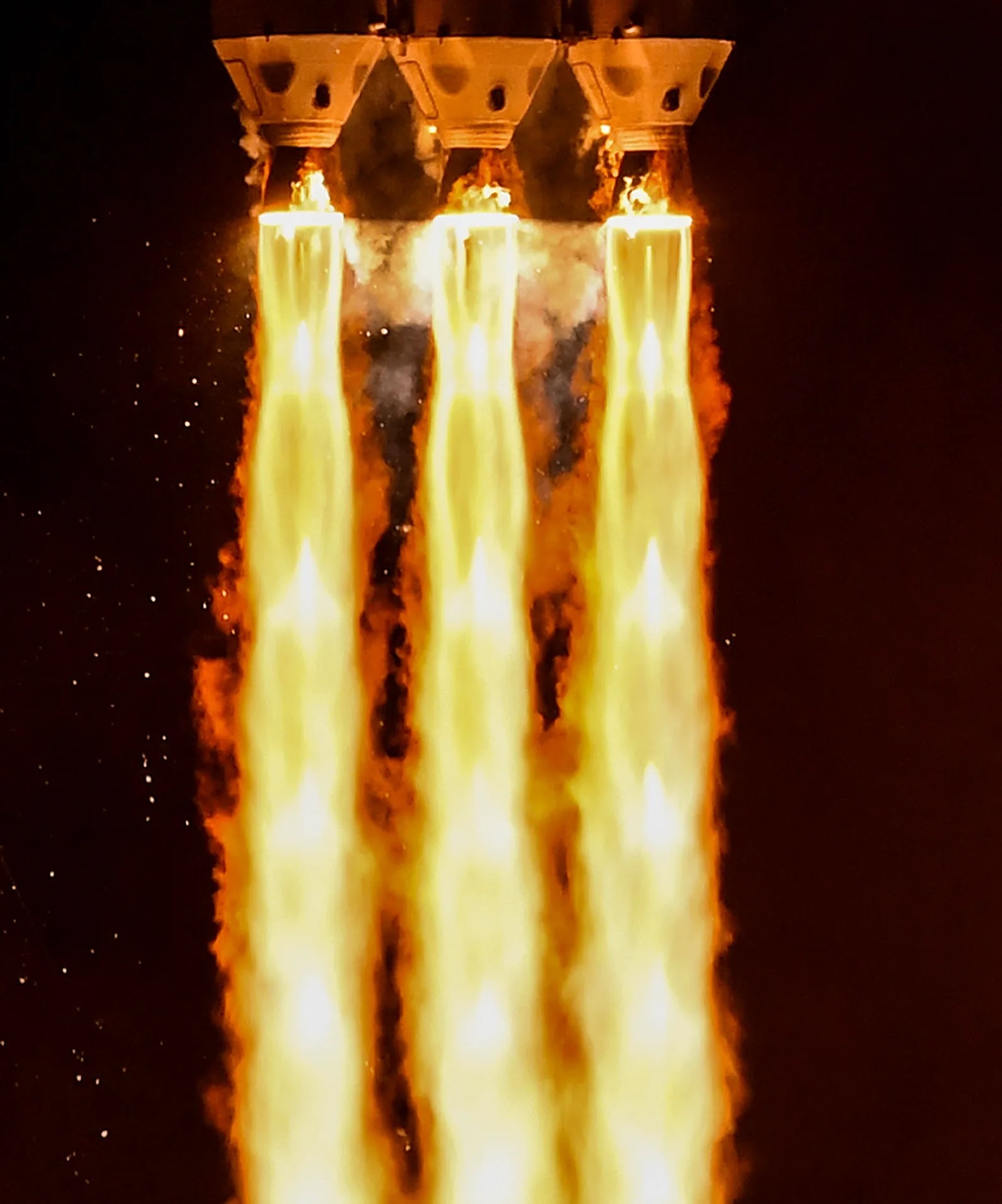
With intermittent clouds, rain and wind blowing through the Space Coast this week, the launch of the final Delta IV Heavy (and last of the Delta rocket family) is still set for Thursday but everyone is watching the weather.
The question remains: Will Delta IV Heavy launch on time?
When is the Delta IV Heavy Launch?
The Delta IV Heavy is set for its 16th and final launch at 1:40 p.m. on Thursday from Launch Complex 37 at Cape Canaveral Space Force Base Station. It will launch the NROL-70 mission for the National Reconnaissance Office (NRO) to orbit.
Its flight marks the end of an era in American spaceflight history, as the United Launch Alliance (ULA) heavy lift rocket had delivered numerous satellites, national security missions, and even two essential NASA missions to space.
Now it is poised for its final performance at the Cape, with its three core boosters — if the weather cooperates.
Weather for Delta IV Heavy launch
In order to successfully and safely launch a rocket, weather conditions much meet a certain criteria. As the Space Force 45th Weather Squadron and ULA monitor the situation, weather updates are released.
Wednesday morning, the 45th weather squadron updated with a L-1 forecast. The weather still stood at only 30% GO for launch.
The 24-Hour delay looks a bit more promising, showing a 60% GO for launch.
FLORIDA TODAY will bring you the latest updates through our launch coverage at Floridatoday.com/space.
What to expect from this massive Delta IV Heavy launch?
When Delta IV Heavy launches, expect a bright rocket launch with its three core boosters. Since the boosters don't land, don't expect any sonic booms.
What comes after the Delta IV Heavy launch – ULA’s next big rocket
Following the Delta IV’s successful career, its successor, the Vulcan Centaur, will take the stage. The Vulcan Centaur will replace both the Delta and Atlas family of rockets.
The Vulcan Centaur was designed to revolutionize ULA’s launch capabilities, with the ability to fly both satellites and crewed missions from one powerful rocket. According to ULA officials, reusability — a core feature of SpaceX rockets —is also being considered
Quelle: Florida Today
+++
Update: 17:40
.
Start von Delta IV Heavy rocket mit NROL70 Satelliten
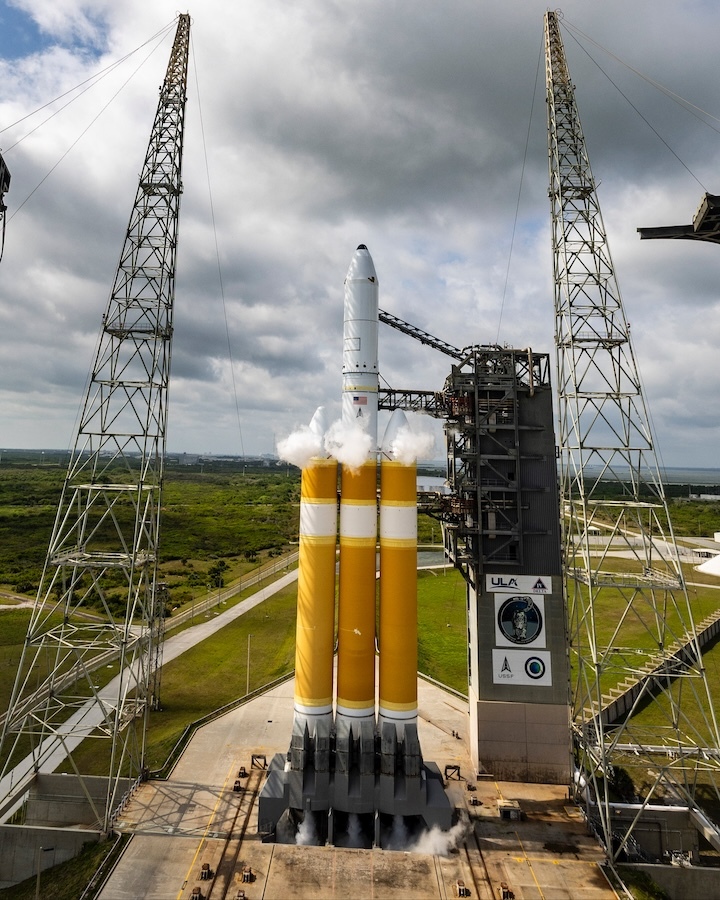
+++
LIVE: Delta IV Heavy Final Launch with NROL-70 Mission
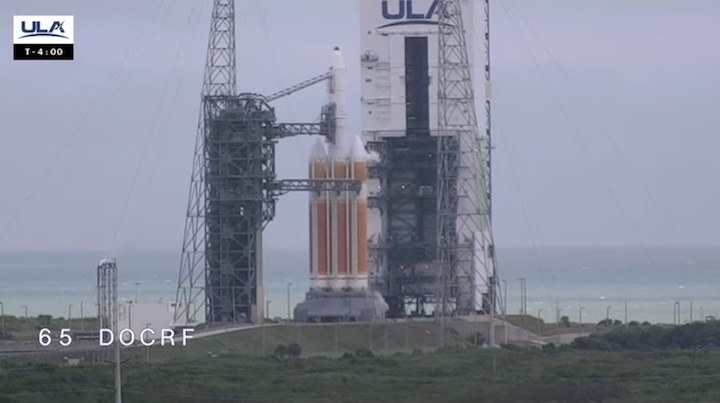
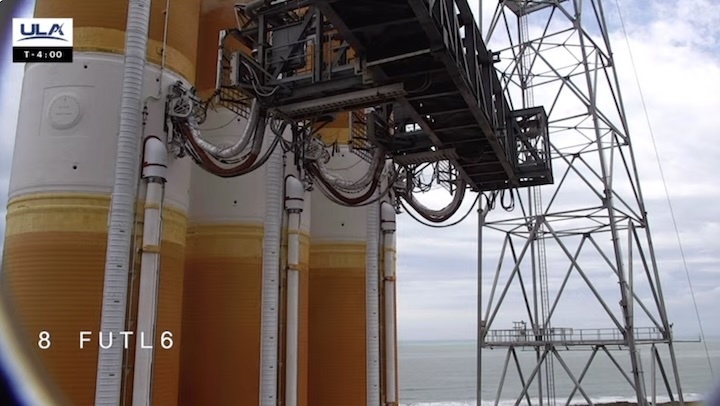
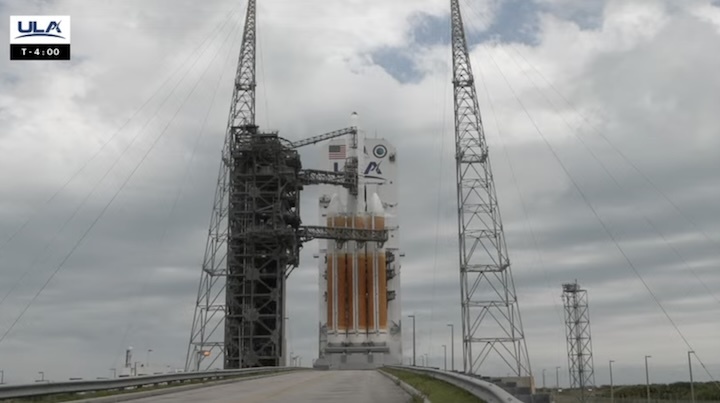
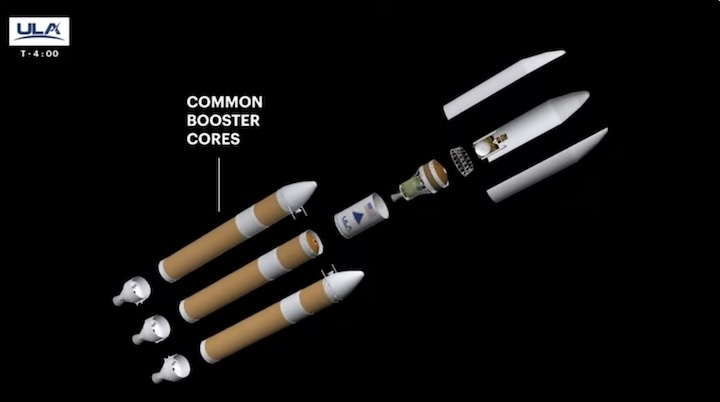
+++
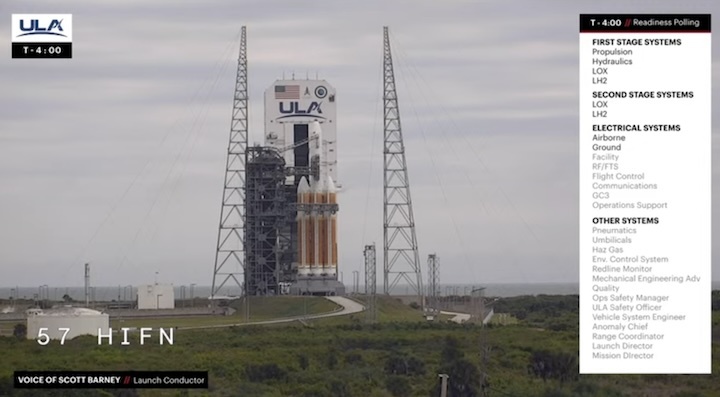
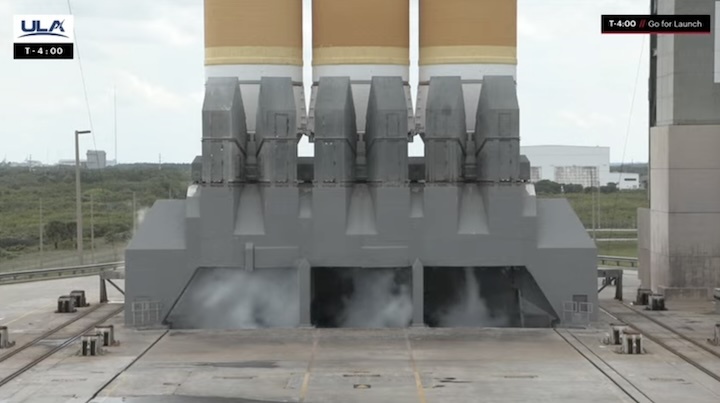
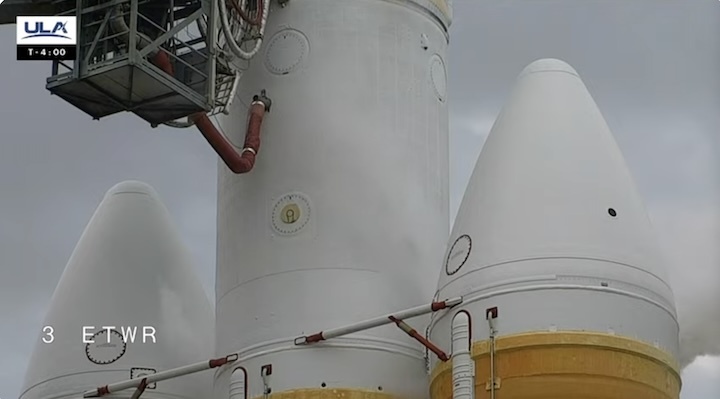
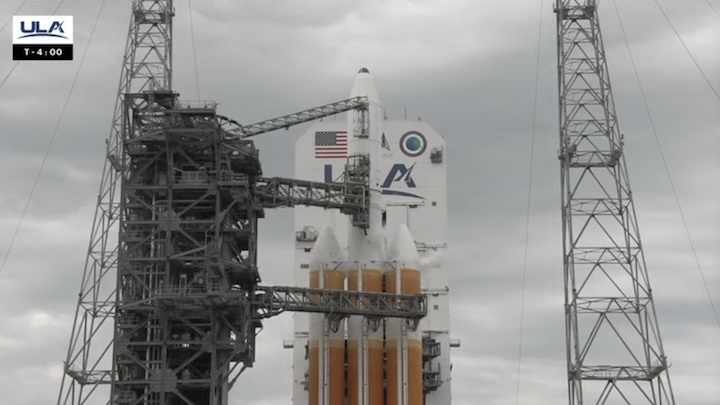
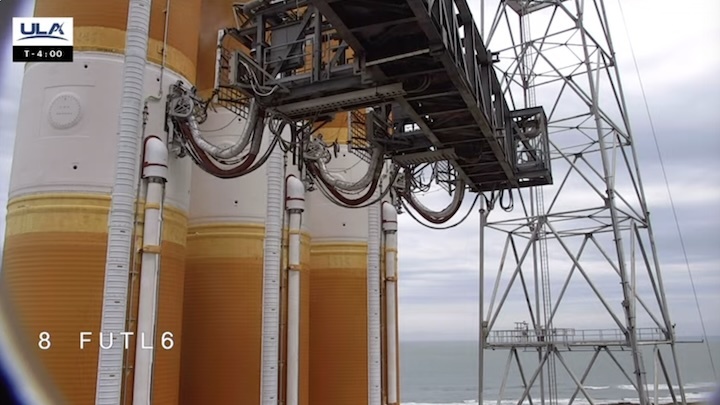
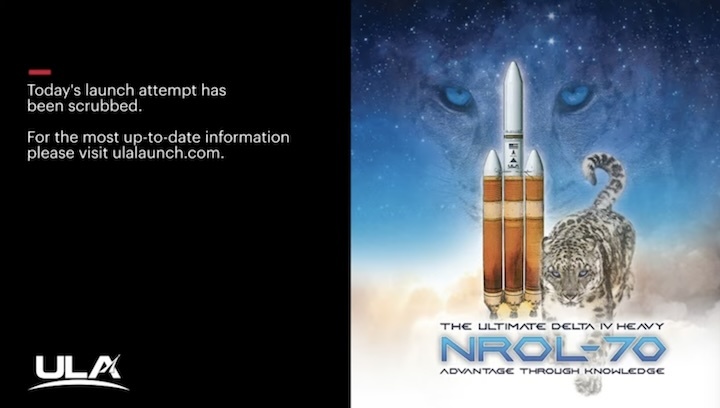
Quelle: ULA
----
Update: 29.03.2024
.
(Cape Canaveral Space Force Station, Fla., March 28, 2024) – The launch of a United Launch Alliance Delta IV Heavy carrying the NROL-70 mission for the National Reconnaissance Office was scrubbed today due to an issue with a liquid pump failure on the gaseous nitrogen pipeline which provides pneumatic pressure to the launch vehicle systems.
The team continues to troubleshoot the pipeline and more time is needed to instill confidence in the system. We will continue to work with our customer to confirm our next launch attempt and a new date will be provided upon resolution.
Quelle: ULA
----
Update: 3.04.2024
.
ULA may target April 8 for next Delta IV Heavy launch try, but no announcement made yet
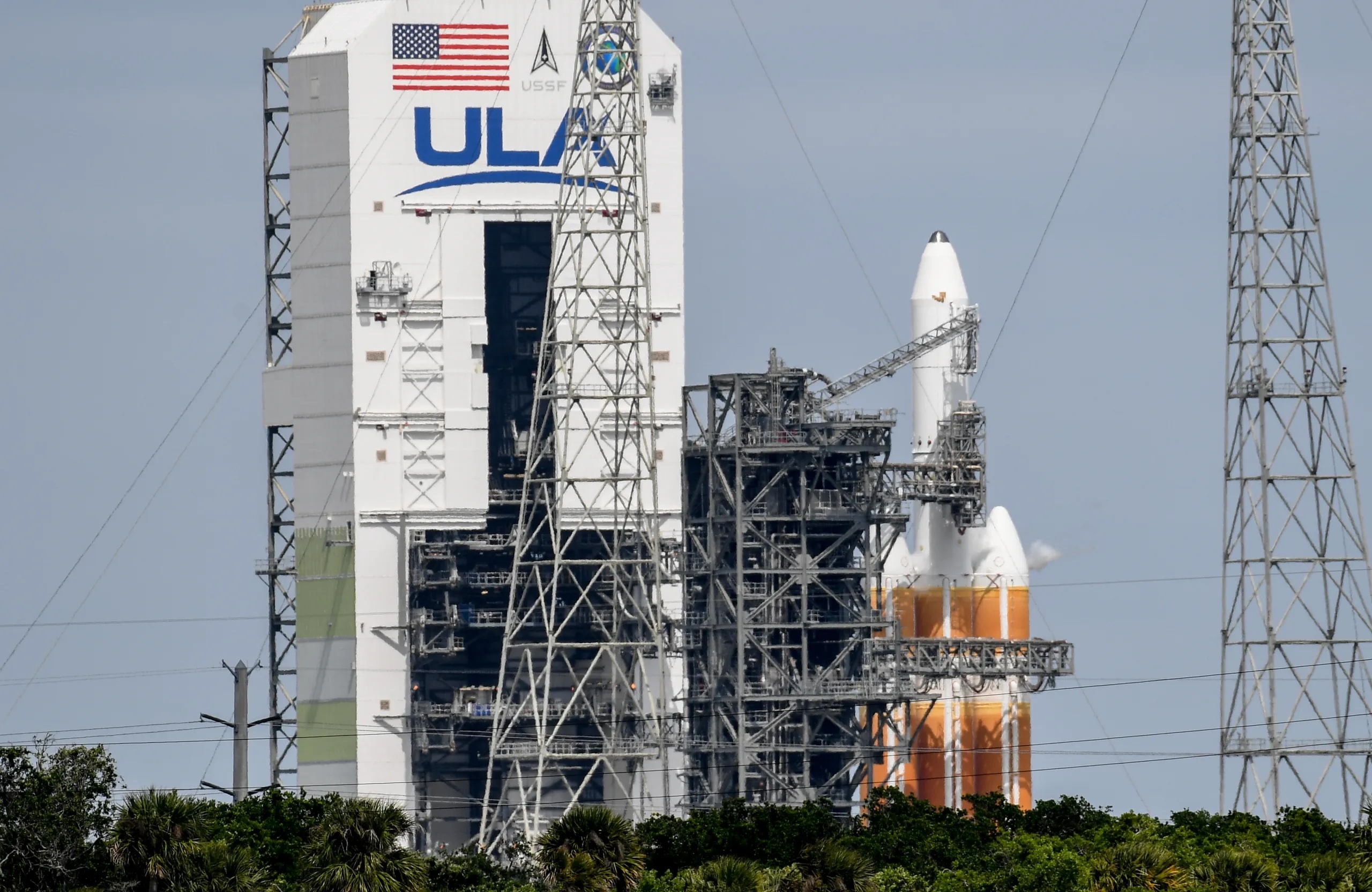
After Thursday's scrub following a gaseous nitrogen pipeline pump failure, United Launch Alliance may target April 8 — the date of the Great American Solar Eclipse — for its next attempt at launching the last Delta IV Heavy rocket, a Federal Aviation Administration navigational advisory shows.
The pipeline pump failure occurred amid concerns of aging infrastructure and rocket-commodity access at NASA's Kennedy Space Center and Cape Canaveral Space Force Station, where officials warn of potential "hard stops" looming on electrical supply, wastewater treatment and other critical functions as the launch cadence accelerates.
To be clear, neither ULA nor the National Reconnaissance Office have announced a new date to try to launch the Delta IV Heavy on its historic 16th and final mission from Cape Canaveral Space Force Station.
That said, the FAA advisory shows a launch window for the NROL-70 national security mission may open from 12:57 p.m. to 6:51 p.m. EDT April 8. That's the same afternoon as the much-hyped eclipse, which will be visible in portions of Florida as a partial eclipse from 1:35 p.m. through 4:20 p.m., according to timeanddate.com.
A ULA spokesperson did not have mission updates available Monday. In a Sunday tweet on X (formerly Twitter), President and CEO Tory Bruno said the gaseous nitrogen (GN2) pipeline problem is not based at ULA's Launch Complex 37.
"NASA operates a GN2 pipeline as a service to several pads. And, yes, there is a 'gas meter' so companies pay for what they use. The issue is with pumps on that pipeline. They are working it hard right now," Bruno said in his tweet.
Messages seeking information on the pipeline were left Monday with NASA media spokespeople.
During a February panel discussion at the SpaceCom convention in Orlando, Clint Hunt, ULA director of intelligence and defense programs, said delivery of commodities at the Cape's launch sites ranks as the No. 1 concern among range users such as ULA, SpaceX and Blue Origin, given the projected increase in launch rates in coming years.
"What's the best, most efficient way to deliver at-scale the methane, liquid oxygen, liquid hydrogen and hydrozene needed for all of our uses?" Hunt asked during the discussion.
Fewer than four minutes remained in Thursday's countdown before a hold arose because of high winds. During that hold, the pipeline ground pump failed, triggering the scrub, Bruno said in a tweet. ULA officials announced the culprit was "an issue with a liquid pump failure on the gaseous nitrogen pipeline which provides pneumatic pressure to the launch vehicle systems."
Hunt's SpaceCom panel focused on optimizing spaceport infrastructure. He was joined by NASA's Tom Engler, director of the Center Planning and Development Directorate at Kennedy Space Center, who displayed a PowerPoint slide showing the annual launch rate at the Cape may skyrocket to nearly 225 missions by 2030.
"These launch demands will add additional strain on KSC's aging common-use infrastructure unless efforts to modernize these critical capabilities are made," Engler's slide said.
"Electricity is a big problem. Wastewater is something you wouldn't think of as a problem — it's a huge problem for us," said Engler, who warned audience members that "we're going to be hitting some hard stops." Aside from launch commodities, panelists briefly touched on other infrastructure strains at the Cape, such as:
ULA will replace the retiring triple-core Delta IV Heavy with the next-generation Vulcan, which logged a successful January inaugural flight by lifting Astrobotic's ill-fated Peregrine lunar lander into orbit from the Cape.
Quelle: Florida Today
----
Update:
.
ULA now targeting Tuesday, April 9, for next Delta IV Heavy launch attempt from Cape Canaveral
After Thursday's scrub following a gaseous nitrogen pipeline pump failure, United Launch Alliance is now targeting April 9 — the day after the Great American Solar Eclipse — for its next attempt at launching the last Delta IV Heavy rocket.
The pipeline pump failure occurred amid concerns of aging infrastructure and rocket-commodity access at NASA's Kennedy Space Center and Cape Canaveral Space Force Station, where officials warn of potential "hard stops" looming on electrical supply, wastewater treatment and other critical functions as the launch cadence accelerates.
The Delta IV Heavy will soar skyward on its historic 16th and final mission from Cape Canaveral Space Force Station. Target liftoff time for the NROL-70 mission is 12:53 p.m. EDT, pending range approval.
In a Sunday tweet on X (formerly Twitter), President and CEO Tory Bruno said the gaseous nitrogen (GN2) pipeline problem is not based at ULA's Launch Complex 37.
"NASA operates a GN2 pipeline as a service to several pads. And, yes, there is a 'gas meter' so companies pay for what they use. The issue is with pumps on that pipeline. They are working it hard right now," Bruno said in his tweet.
Messages seeking information on the pipeline were left Monday with NASA media spokespeople.
During a February panel discussion at the SpaceCom convention in Orlando, Clint Hunt, ULA director of intelligence and defense programs, said delivery of commodities at the Cape's launch sites ranks as the No. 1 concern among range users such as ULA, SpaceX and Blue Origin, given the projected increase in launch rates in coming years.
"What's the best, most efficient way to deliver at-scale the methane, liquid oxygen, liquid hydrogen and hydrozene needed for all of our uses?" Hunt asked during the discussion.
Fewer than four minutes remained in Thursday's countdown before a hold arose because of high winds. During that hold, the pipeline ground pump failed, triggering the scrub, Bruno said in a tweet. ULA officials announced the culprit was "an issue with a liquid pump failure on the gaseous nitrogen pipeline which provides pneumatic pressure to the launch vehicle systems."
Hunt's SpaceCom panel focused on optimizing spaceport infrastructure. He was joined by NASA's Tom Engler, director of the Center Planning and Development Directorate at Kennedy Space Center, who displayed a PowerPoint slide showing the annual launch rate at the Cape may skyrocket to nearly 225 missions by 2030.
"These launch demands will add additional strain on KSC's aging common-use infrastructure unless efforts to modernize these critical capabilities are made," Engler's slide said.
"Electricity is a big problem. Wastewater is something you wouldn't think of as a problem — it's a huge problem for us," said Engler, who warned audience members that "we're going to be hitting some hard stops." Aside from launch commodities, panelists briefly touched on other infrastructure strains at the Cape, such as:
- Road access and closures during space operations.
- Electrical supply.
- Wastewater treatment.
ULA will replace the retiring triple-core Delta IV Heavy with the next-generation Vulcan, which logged a successful January inaugural flight by lifting Astrobotic's ill-fated Peregrine lunar lander into orbit from the Cape.
Quelle: Florida Today
----
Update: 9.04.2024
.
DELTA IV HEAVY TO LAUNCH NROL-70
A United Launch Alliance (ULA) Delta IV Heavy rocket is launching the NROL-70 mission for the National Reconnaissance Office (NRO) from Space Launch Complex-37 at Cape Canaveral Space Force Station, Florida. This is the 16th and final launch of a Delta IV Heavy rocket.
Launch Date and Time: April 9 at 12:53 p.m. EDT
GO Delta IV Heavy! GO NROL-70!
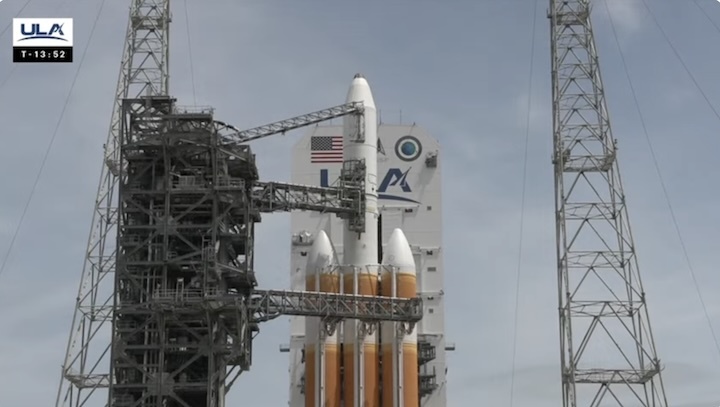
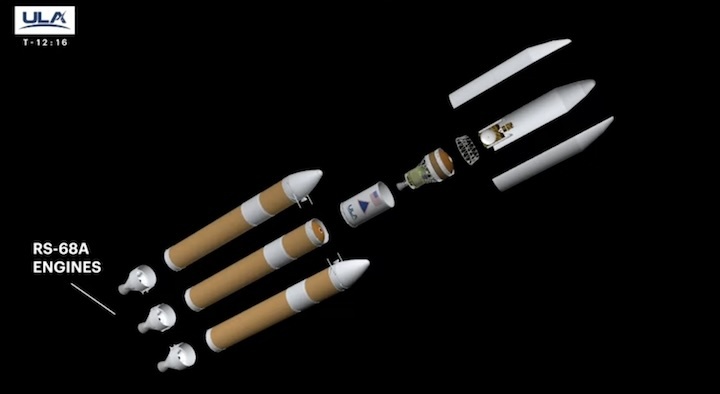
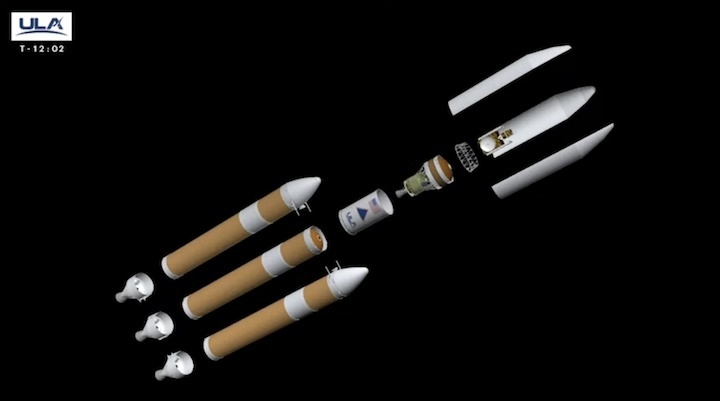
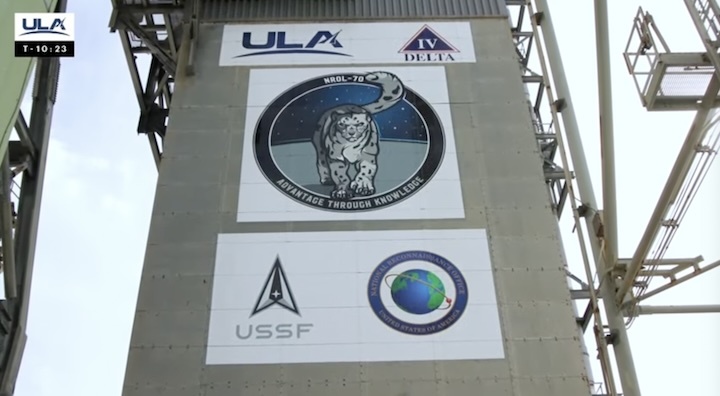

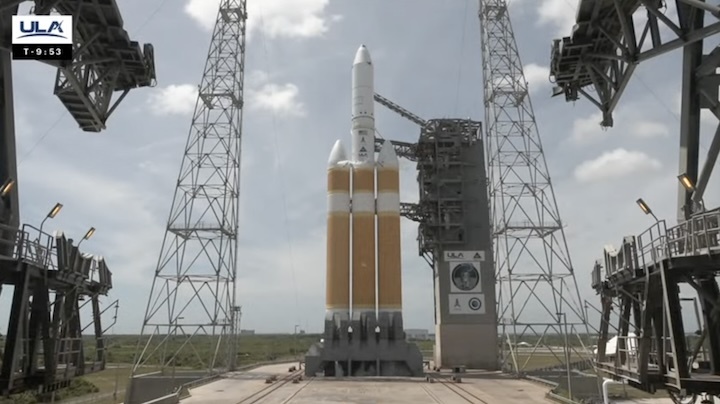
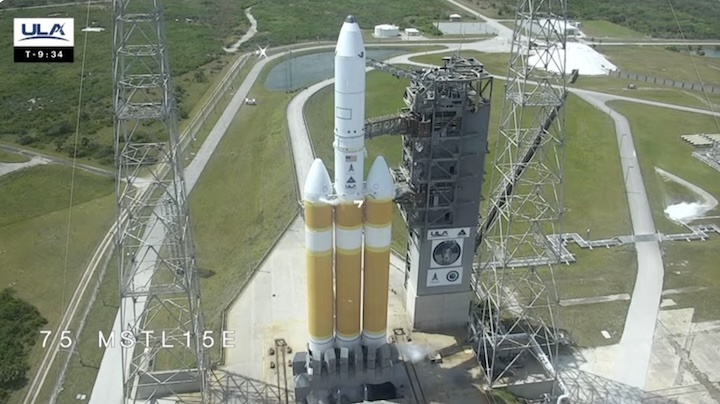
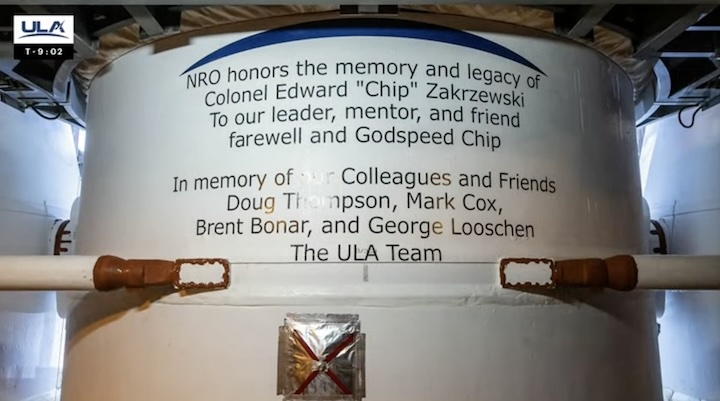

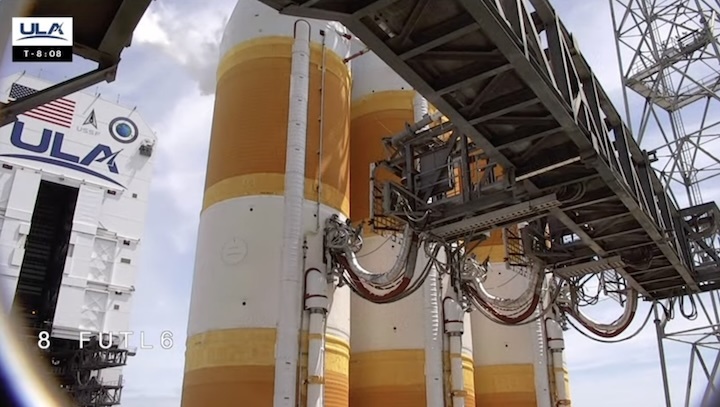
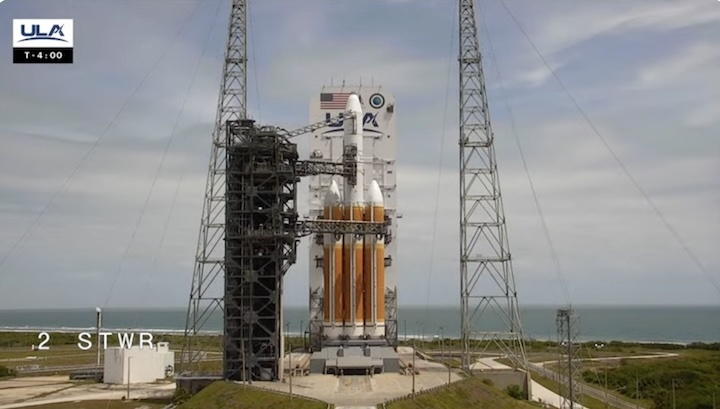
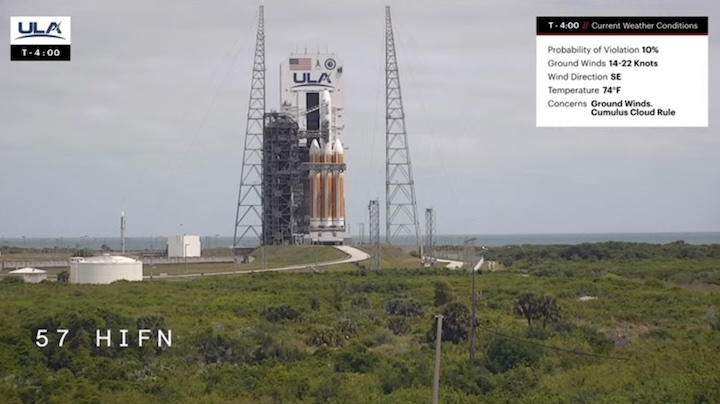
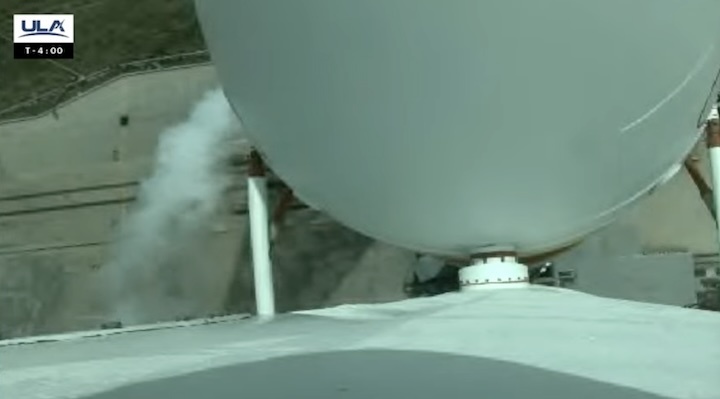
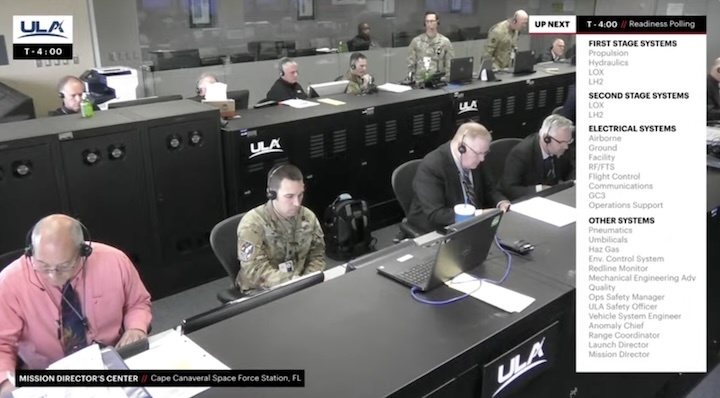
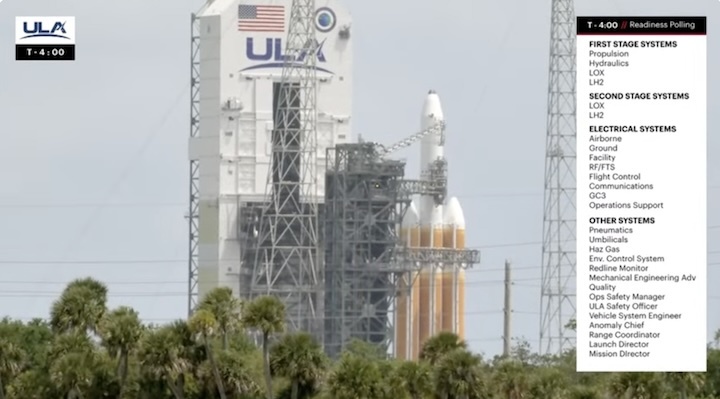
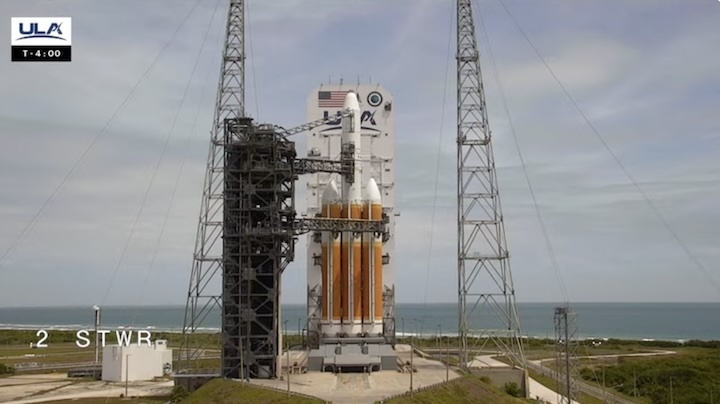
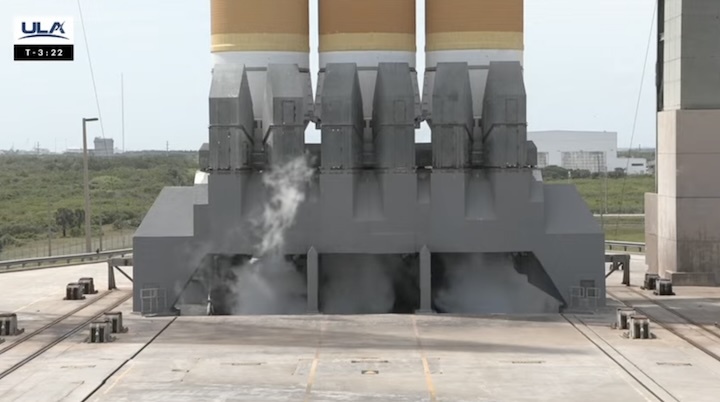

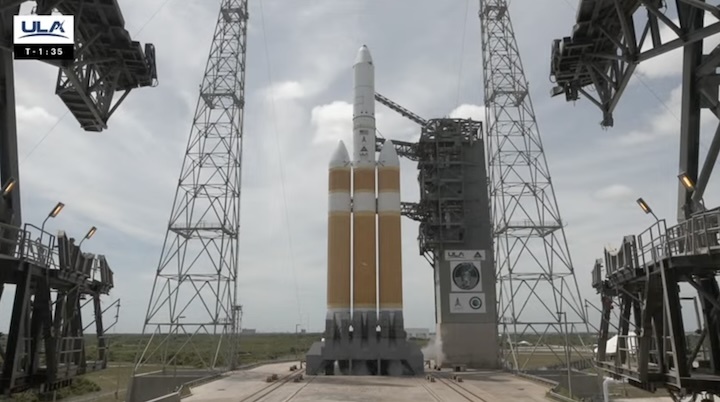
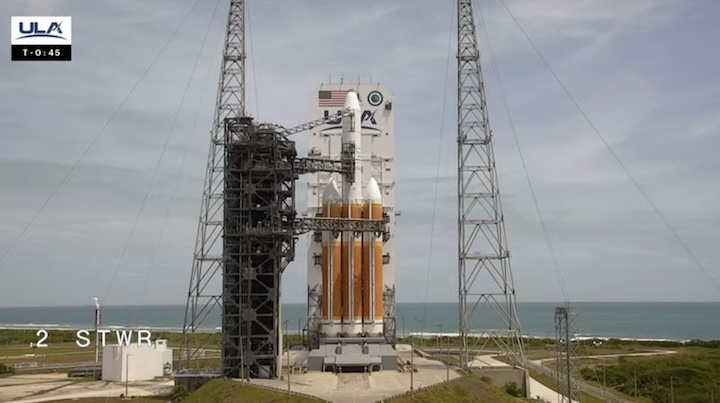
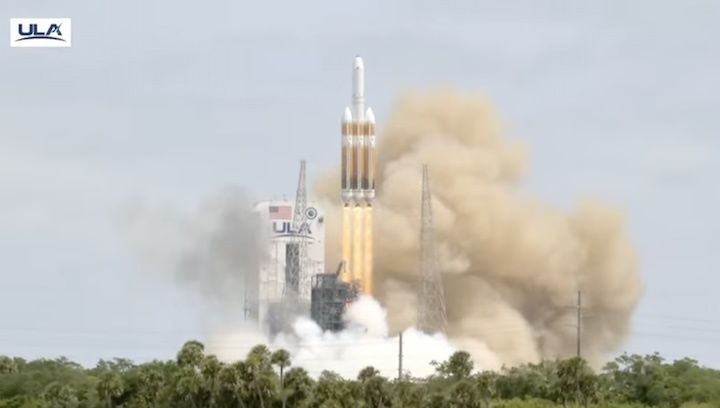
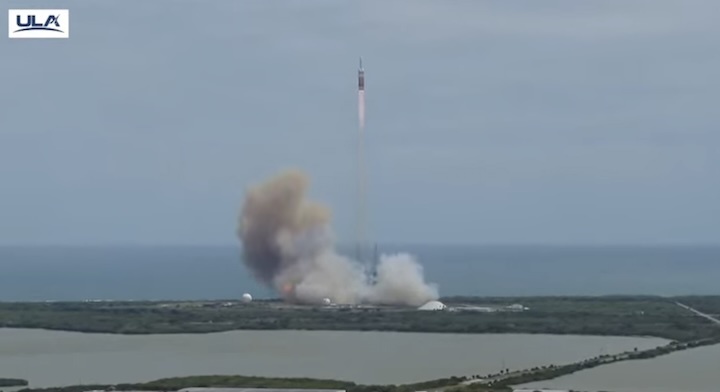
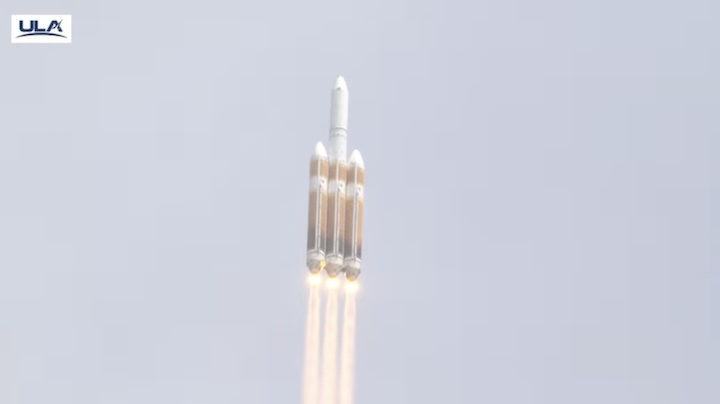
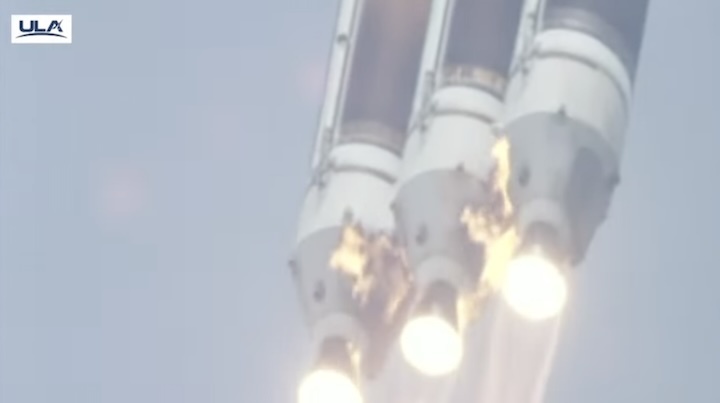
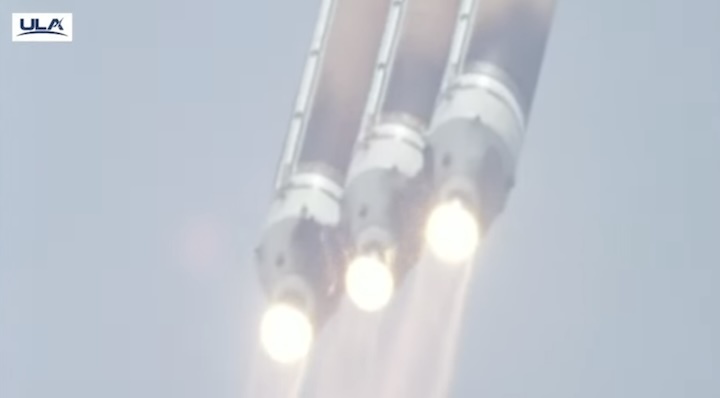
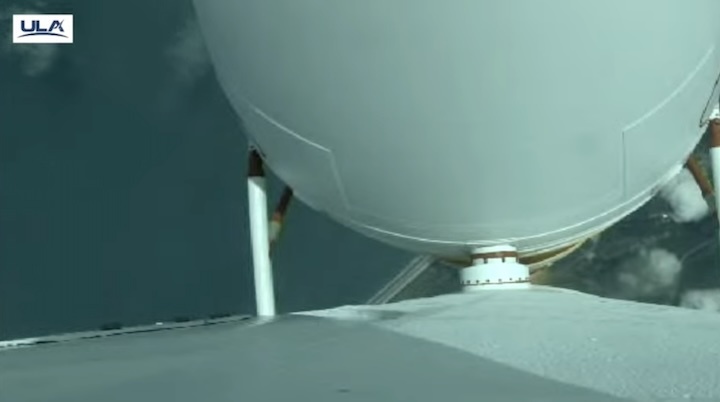
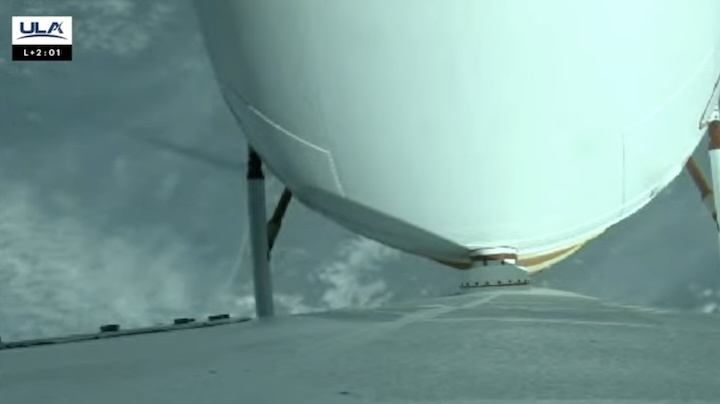
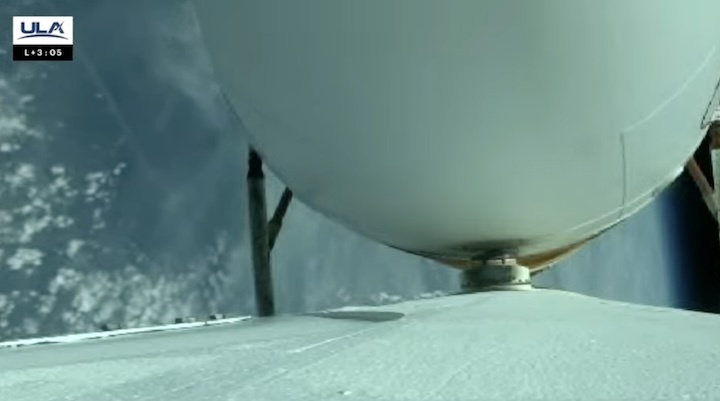
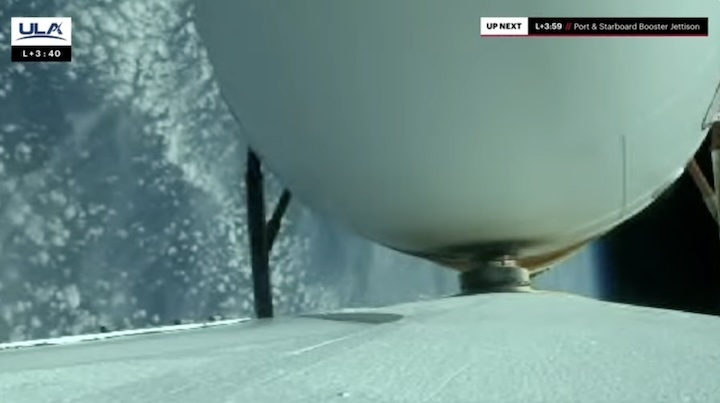
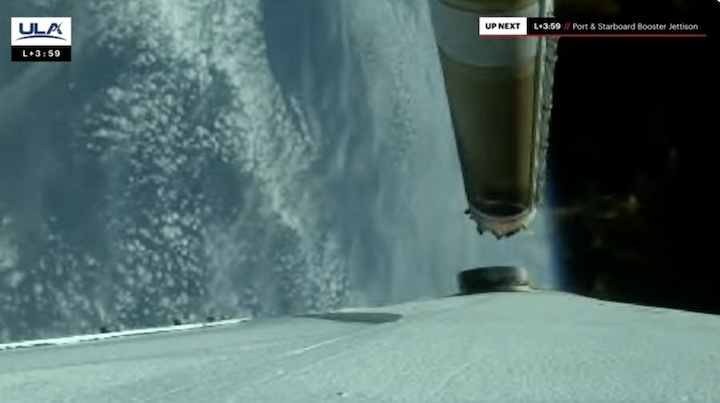
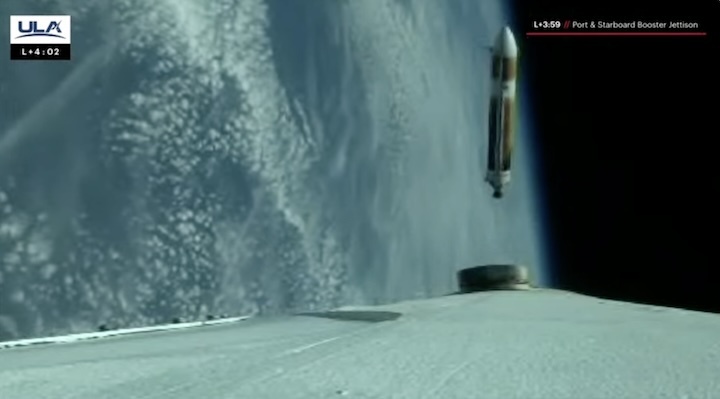
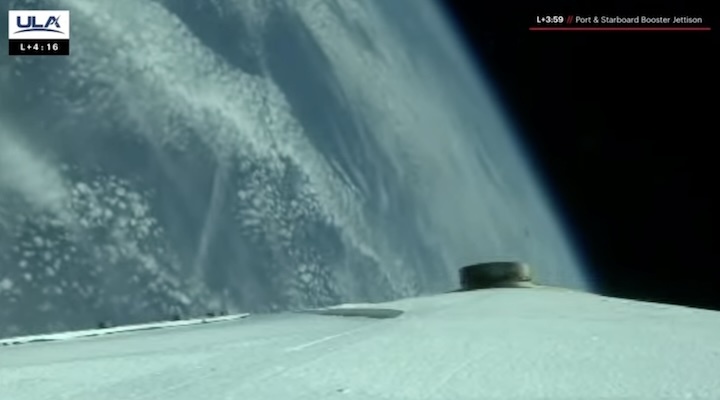
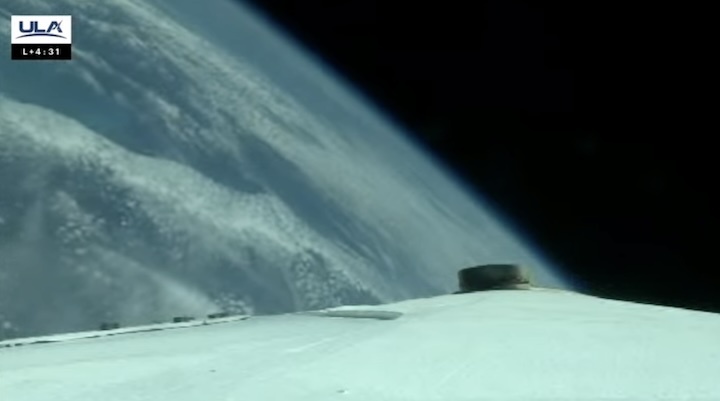
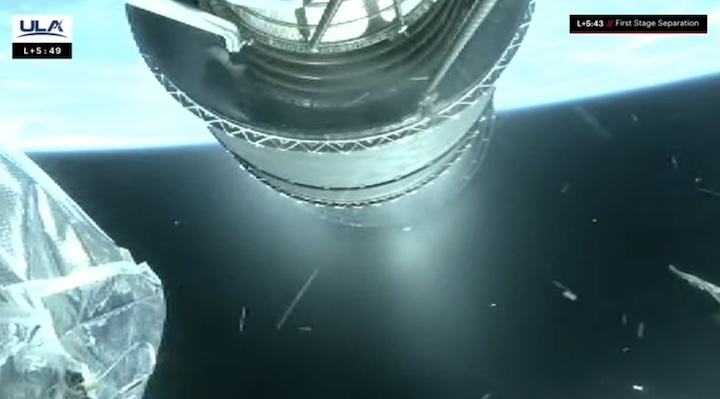
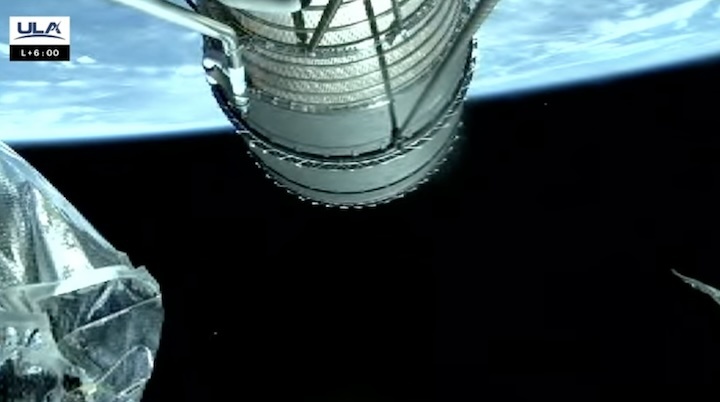
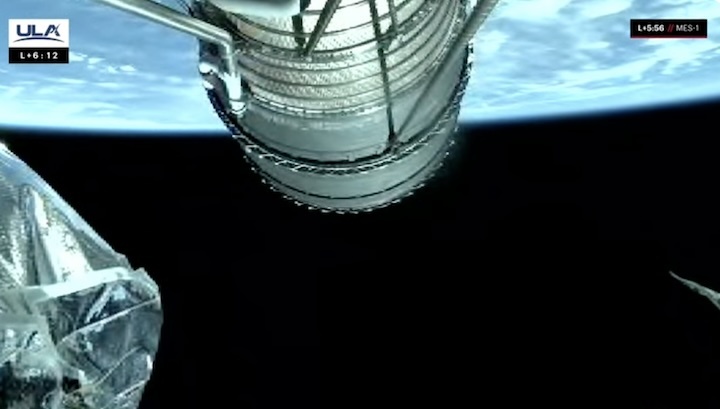
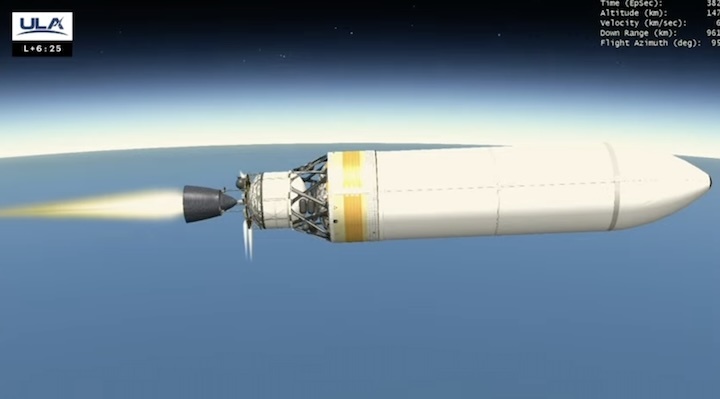
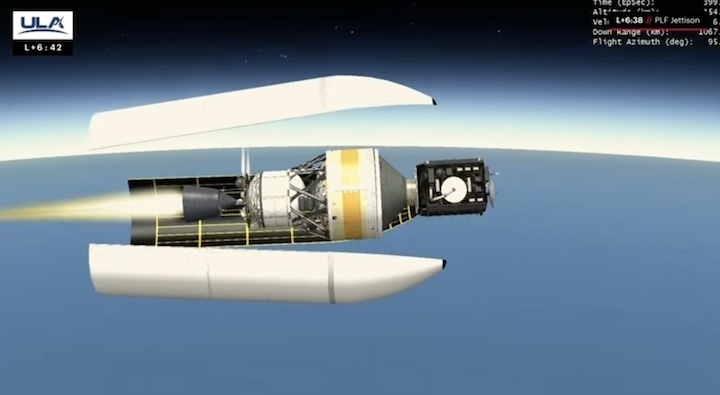
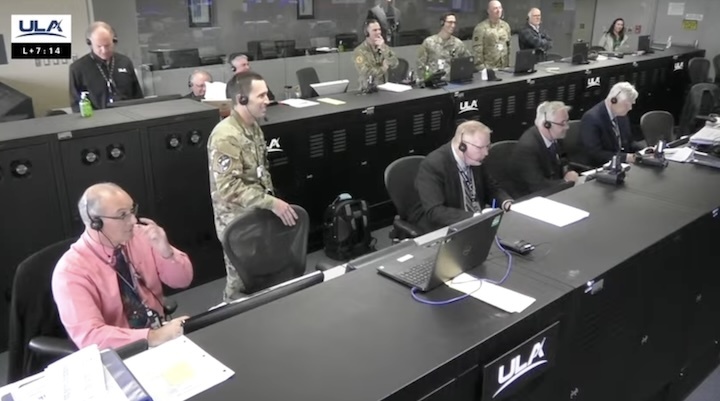
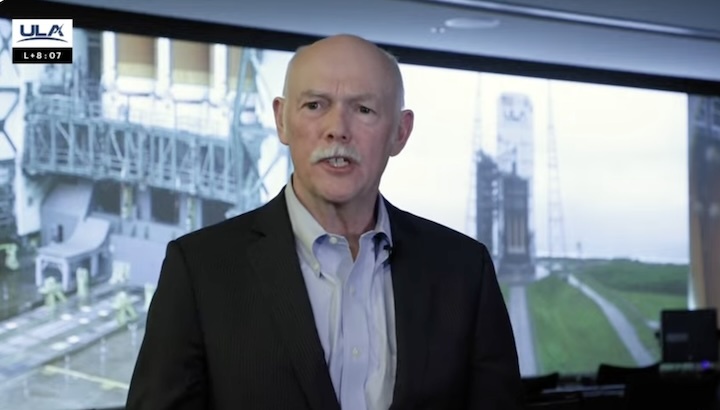
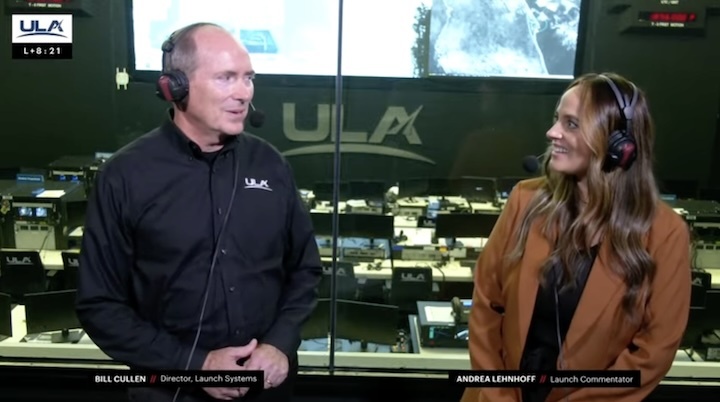

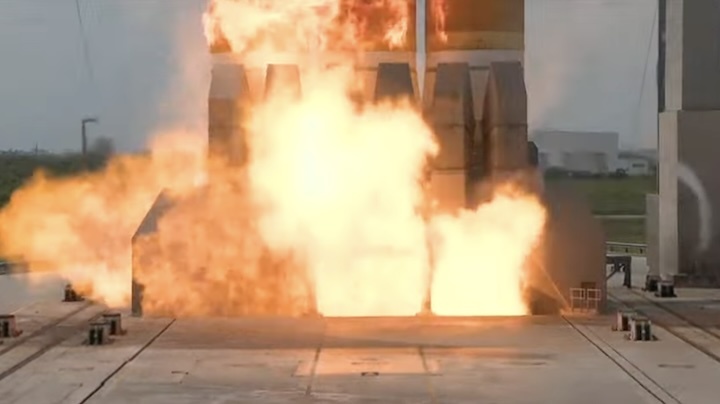
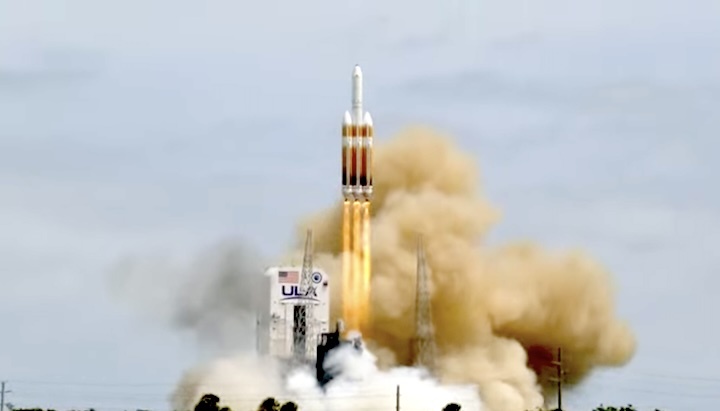
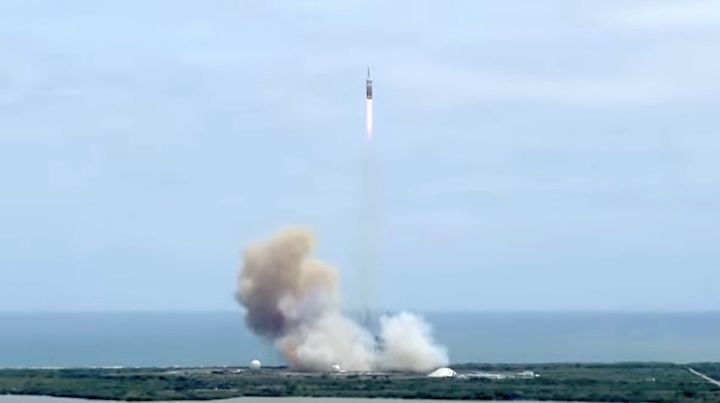
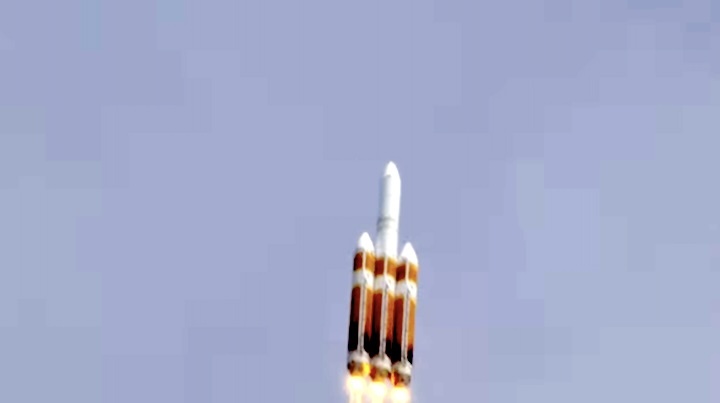
Quelle: ULA

